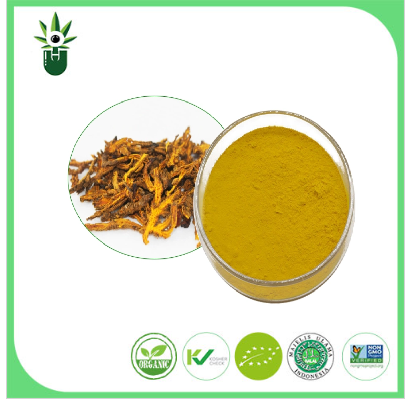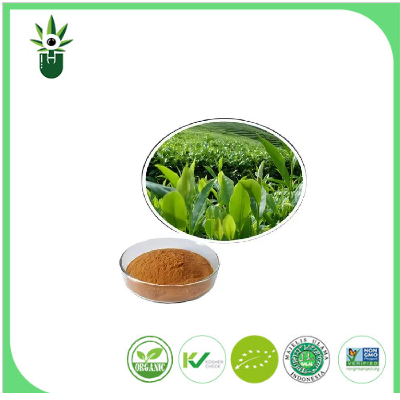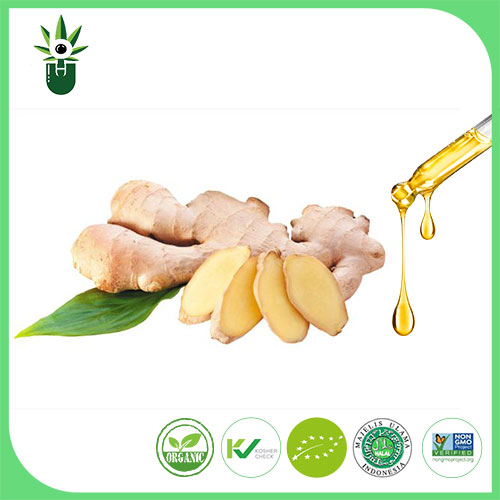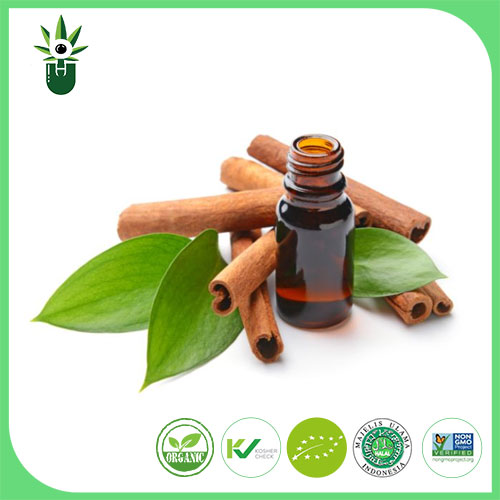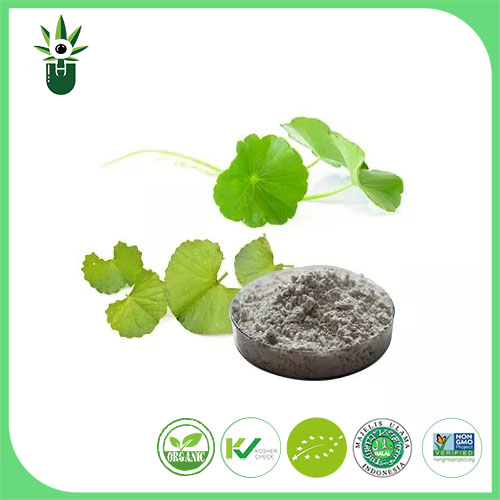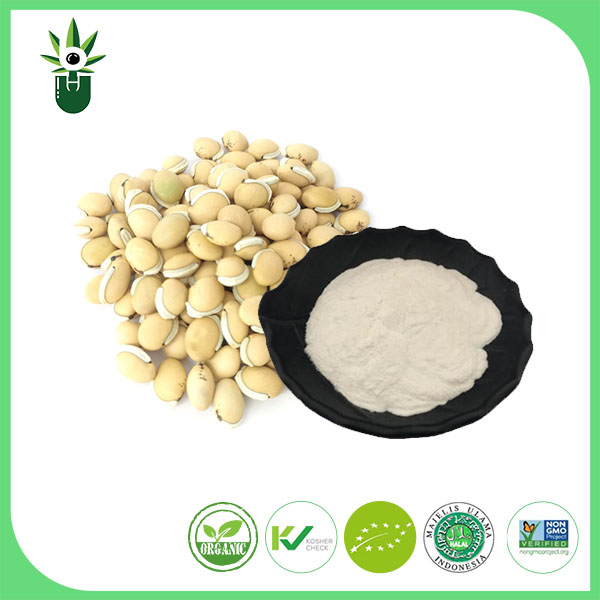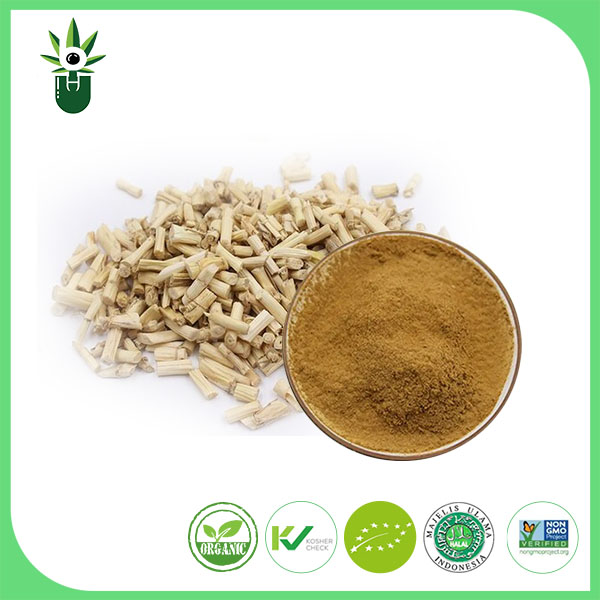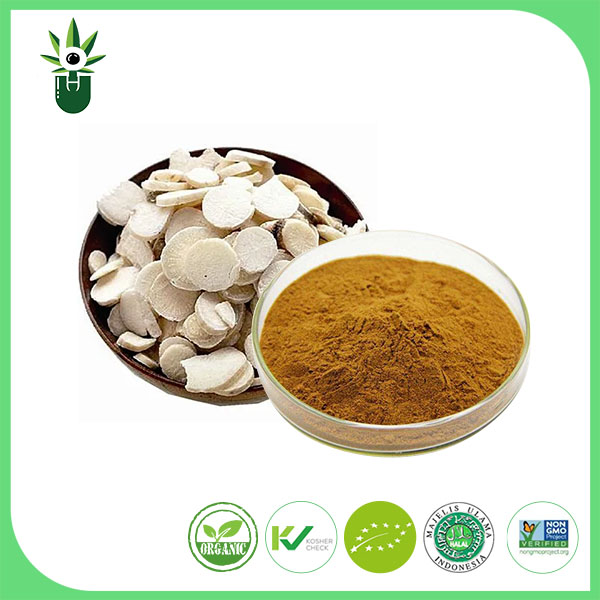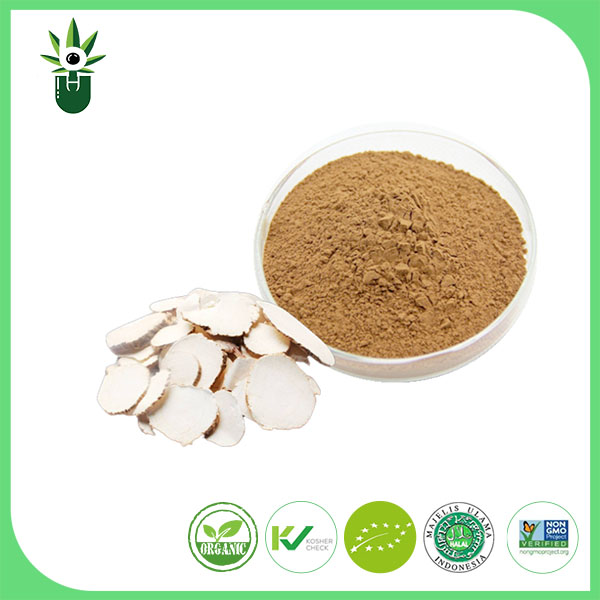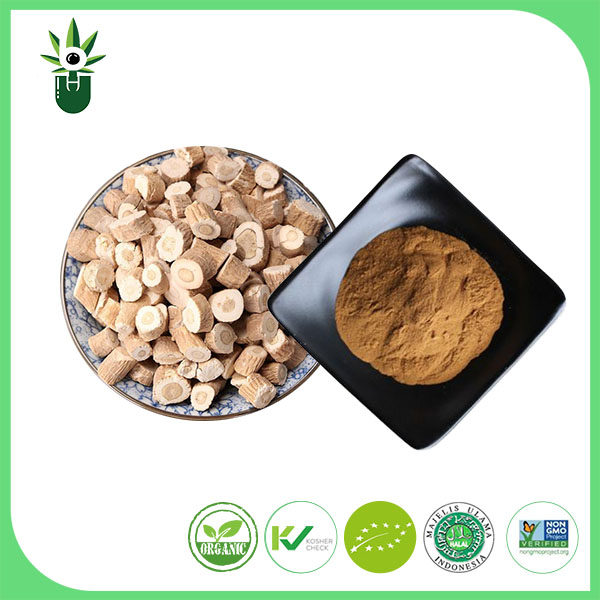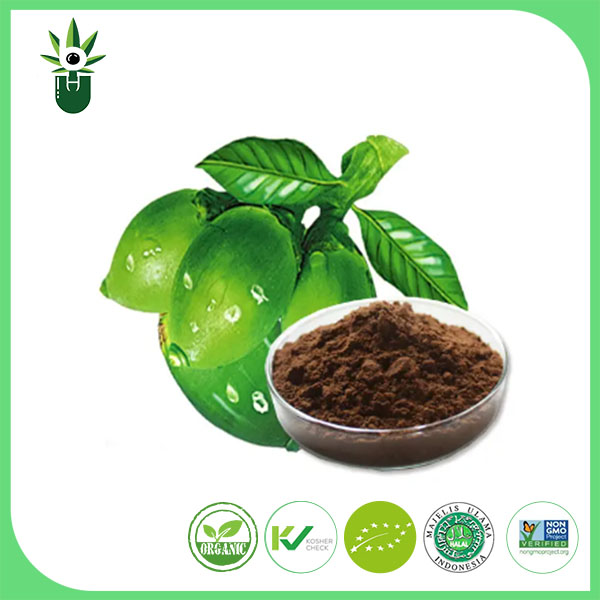
- English
- Español
- Português
- русский
- Français
- 日本語
- Deutsch
- tiếng Việt
- Italiano
- Nederlands
- ภาษาไทย
- Polski
- 한국어
- Svenska
- magyar
- Malay
- বাংলা ভাষার
- Dansk
- Suomi
- हिन्दी
- Pilipino
- Türkçe
- Gaeilge
- العربية
- Indonesia
- Norsk
- تمل
- český
- ελληνικά
- український
- Javanese
- فارسی
- தமிழ்
- తెలుగు
- नेपाली
- Burmese
- български
- ລາວ
- Latine
- Қазақша
- Euskal
- Azərbaycan
- Slovenský jazyk
- Македонски
- Lietuvos
- Eesti Keel
- Română
- Slovenski
- मराठी
- Srpski језик
Centella Asiatica Extract
The efficacy of the Centella asiatica extract is to clear heat, promote diuresis, detoxify and reduce swelling. Indications: Damp heat jaundice, heatstroke diarrhea, stone drenching and blood drenching, carbuncle swelling and sore toxin, and injuries caused by falls and injuries.
Send Inquiry
[Plant Distribution] It is native to India and is now widely distributed in tropical and subtropical regions of the world. In China, it is mainly distributed in the provinces south of the Yangtze River. Tao Hongjing said: This grass is named for its coldness. Its nature is very cold, so it is called Centella asiatica.
[Extracted ingredients] Madecassoside (CAS No.: 34540-22-2), madecassoside asiaticoside, madecassic acid (CAS No.: 464-92-6)
[Specification] 25%, 70%, 80%, 90% BY HPLC
[Properties] White to milky white powder, bitter in taste, soluble in water, soluble in hot ethanol, slightly soluble in propylene glycol and glycerol
[Phytochemistry] The whole Centella asiatica plant mainly contains a large number of triterpene saponins, including madecassoside (asiaticoside), madecassoside (madecassoside), brahmoside (brahmoside), and brahmidside ( brahminoside), centellasaponin B (centellasaponin B), centellasaponin C (centellasaponin C), etc. There are also a variety of free triterpene acids, including compounds such as asiatic acid and brahmic acid ormadecassic acid. In addition, Centella asiatica also contains polyacetylenic alkenes, volatile oils and other components. The main active ingredients are madecassoside and madecassoside.

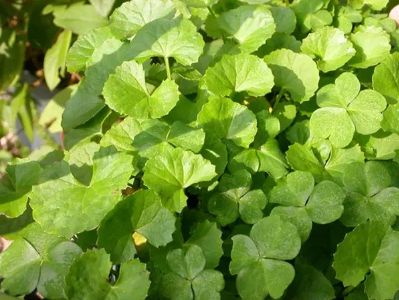
Product introduction
|
Product name |
Centella asiatica extract |
|
Source |
Centella Asiatica(L.) |
|
Extraction part |
aboveground part |
|
Specifications |
Centella asiaticoside 5%-90% Centella asiaticoside 10%-80% Madecasic acid 80% TECA 75%, 95% |
|
Appearance |
off-white to white powder |
Application
1. Medicine;
2. Cosmetics;
3. Plaster.

